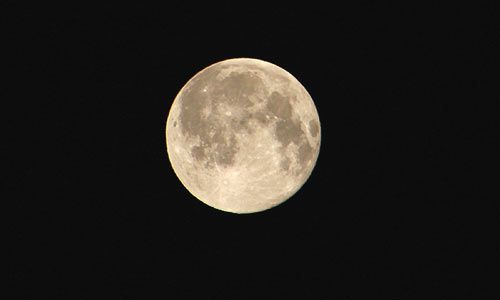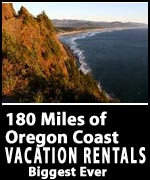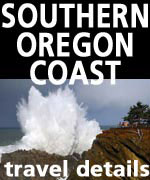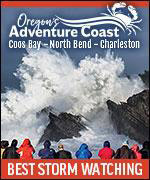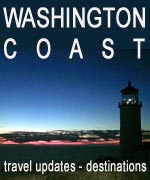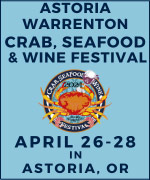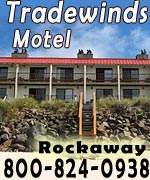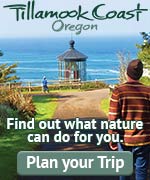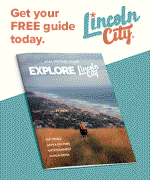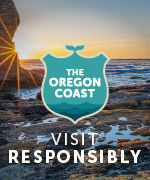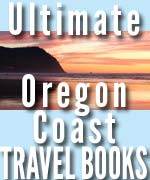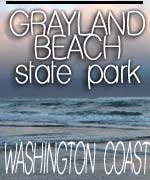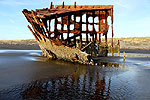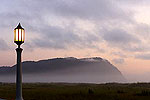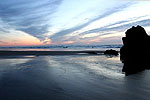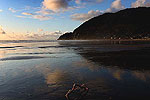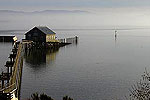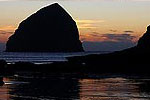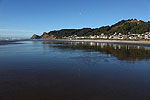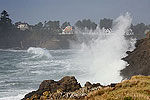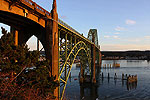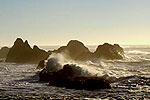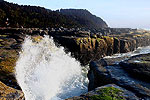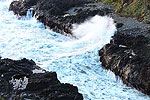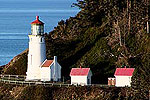One Gnarly Big Supermoon in April for Oregon, Washington, Coast
Published 04/04/2020 at 6:24 PM PDT
By Oregon Coast Beach Connection staff
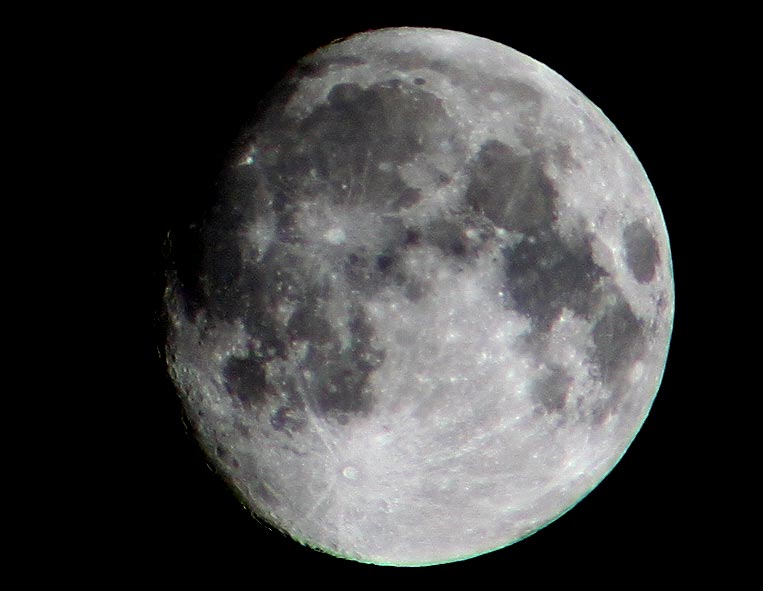
Includes exclusive listings; some specials in winter
In Cannon Beach:
Includes rentals not listed anywhere else
In Manzanita, Wheeler, Rockaway Beach:
Some specials for winter
In Pacific City, Oceanside:
Some specials for winter
In Lincoln City:
Some specials for winter
In Depoe Bay, Gleneden Beach:
Some specials for winter
In Newport:
Look for some specials
In Waldport
Some specials for winter
In Yachats, Florence
Some specials for winter
(Oregon Coast) – Nick Drake would be proud: this Pink Moon will be a massive one.
Oregon, Washington and their coastlines are about to get seriously mooned with the largest supermoon of the year. Also called the Grass Moon or Egg Moon, it’s the second of three such supermoons happening in 2020, happening on April 7.
Jim Todd of Portland’s OMSI said it will be the closest and largest of the whole year, but other than that – and the possibility of some stellar comet sightings – it’s not too unusual.
“At least two, or perhaps a half dozen, occur each year,” Todd said. “So, this phenomenon is not unusual or unheard of.”
From the Portland area, the precise instant of full moon comes to pass on April 7, at 7:35 p.m. (times will differ in places like Seattle, Ashland or the Washington coast and south Oregon coast). It will be just barely rising above the horizon.
“Earlier in the day, this 'supermoon' will be below the horizon at perigee, or its closest distance to earth, at 11:08 a.m. PDT, at a distance of 221,773 miles from earth,” Todd said. “On Tuesday, the near full moon will rise directly from the east at 7:32 p.m., followed by sunset at 7:47 p.m. in the west.”
Full moons happen in the middle of the lunar cycle of 29.5 days, and it’s recognizable by a near-perfect spherical shape. In strictly technical terms, the full moon actually only lasts for about one second – a difference that cannot be seen by the naked eye.
“Without a telescope, it is difficult to distinguish between a moon that is 100% illuminated and a moon that is 99% illuminated,” Todd said. “While the Moon may only be 100% full for about one minute, it looks ‘full’ for about three days.”
On Tuesday, April 7, Todd said the precise instant of full moon happens at 7:35 p.m. when it is just before sunset and barely above the eastern horizon.
The orbit of the moon around the Earth is an ellipse shape, which brings it closer in towards Earth and then farther out. When it’s at its most distant that is called apogee, an average distance of 251,966 miles from us. Perigee is when the moon is closest, which is an average of 225,744 miles away.
“On average, the distance from earth to the moon is about 238,855 miles,” Todd said. “During every 27-day orbit around earth, the Moon reaches both its apogee and perigee.”
What you’ll see at perigee is a moon that looks 14 percent larger and 30 percent brighter than usual, hence the term “supermoon.”
Have you ever wondered what would happen if there were no moon? The Washington coast and Oregon coast would be vastly different. In fact, both would be much farther inland than where they are now. Sea levels would be on average some 30 feet higher and there would virtually be no tides – not much of a difference in fluctuation at all. The sun does affect tides some, but only about one foot or less. It’s the gravitational pull of the moon that really creates the tides we know.
The difference in night and day could also be extremely small, only about six hours of night and six hours of day. Things were vastly different just after what is called the “great impact” - when a large planetary mass collided with the proto Earth billions of years ago, and the subsequent debris from both formed the moon. For a long time, Earth’s spin was so fast that day and night were only about six hours. It was the interaction between it and the moon that slowed down our spin to what it is today. More moon photos below:
See Washington Coast Weather - Oregon Coast Weather
Cannon Beach Lodging
Nehalem Bay Lodgings
Manzanita Hotels, Lodging
Three Capes Lodging
Pacific City Hotels, Lodging
Lincoln City Lodging
Depoe Bay Lodging
Newport Lodging
Waldport Lodging
Yachats Lodging
Oregon Coast Vacation Rentals
Oregon Coast Lodging Specials
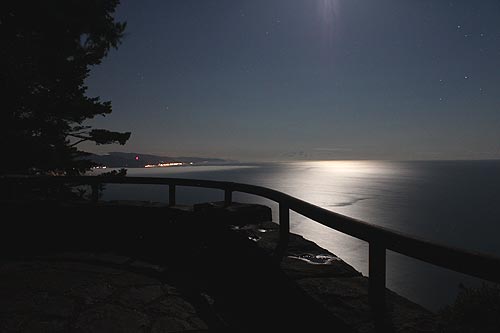
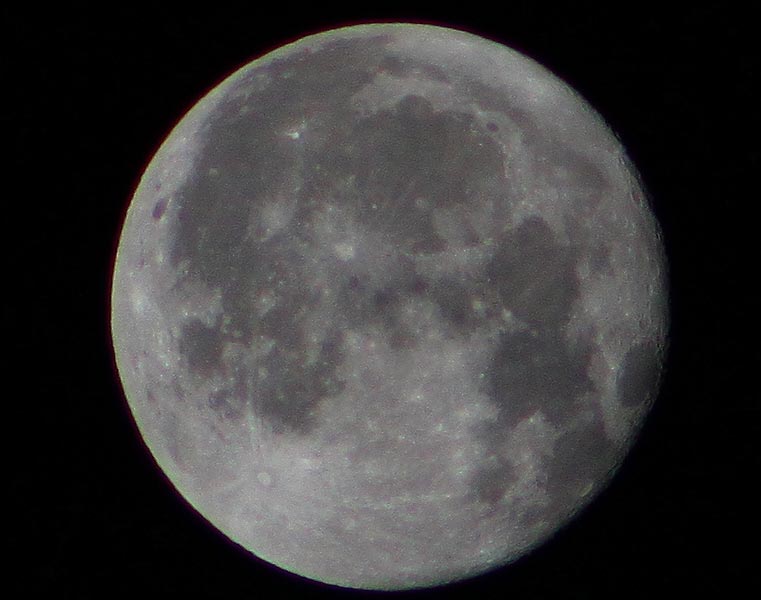
More About Oregon Coast hotels, lodging.....
More About Oregon Coast Restaurants, Dining.....
LATEST Related Oregon Coast Articles
Through 2 a.m. likely best, but some lights possible through dawn June 1 - 2. Space weather, astronomy
Rare Sperm Whale Stranding on N. Oregon Coast, Was Hit by Boat
Showing up near Gearhart, it will decompose naturally. Marine sciences
Coast Guard Barque 'America's Tall Ship' Coming to Portland Rose Fest, N. Ore...
Portland events: June 5 - 8; Astoria events June 13 - 15. Weather
Bright and Active Arietids Meteors May Hit Pre-Dawn Hours of Oregon, Washingt...
Look to east hour before sunrise and you may catch a show. Sciences, astronomy, weather
Why Now Could Be a Great Week for Spotting Killer Whales on Oregon Coast - Video
A good dozen documentations around Depoe Bay, Newport, Coos Bay, Bandon, Tillamook. Marine sciences
Summer Road Work, Traffic Issues Along Oregon Coast Include Astoria, Garibald...
Some daylight closures include bridges, OR 22, OR 18, OR 26, more. Travel tips. Seaside, Cannon Beach, Lincoln City. Travel tips
Pacific City Oregon Weather, 7-Day Forecasts, Live Conditions, Radar, Webcams...
Updated Constantly: Pacific City, Tierra Del Mar, Oregon Weather, Cams, Buoy Observations, Tides, Warnings - Alerts
Oregon Coast Has World's Oldest Harbor Seal, Celebrating 50 Years Soon
June 3 at Oregon Coast Aquarium in Newport. Newport events
Back to Oregon Coast
Contact Advertise on BeachConnection.net
All Content, unless otherwise attributed, copyright BeachConnection.net Unauthorized use or publication is not permitted







